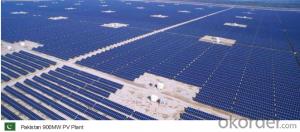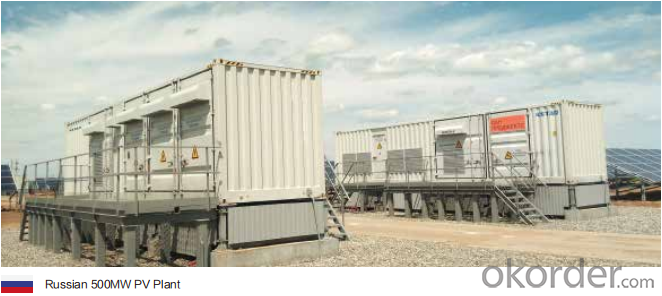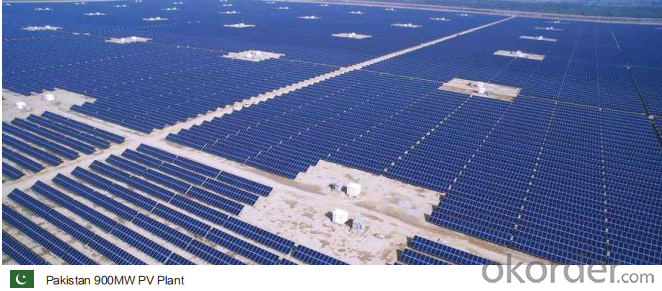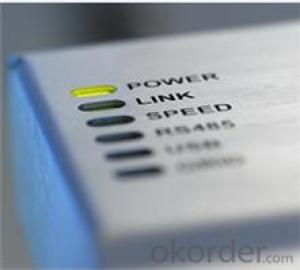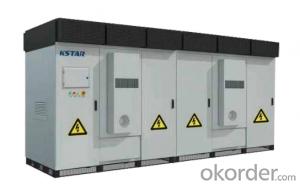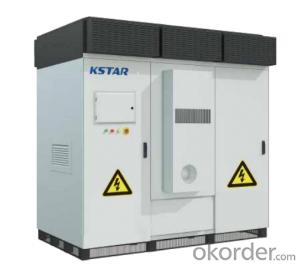Schneider Solar Inverter - DC 1500V Turnkey Solution/Inverter GSM2500C-MV
- Loading Port:
- China main port
- Payment Terms:
- TT OR LC
- Min Order Qty:
- 50 pc
- Supply Capability:
- 15000 pc/month
OKorder Service Pledge
OKorder Financial Service
You Might Also Like
Specification
Product Description:
★Max. PV voltage up to 1500V Max. 24 DC inputs
★IP54 outdoor protection Modular design for Easy maintenance
★Max. DC/AC ratio up to 1.5 Full power output under 50℃
★AGC/AVC Night SVG function LVRT/HVRT/FRT function
Technical Specifications:

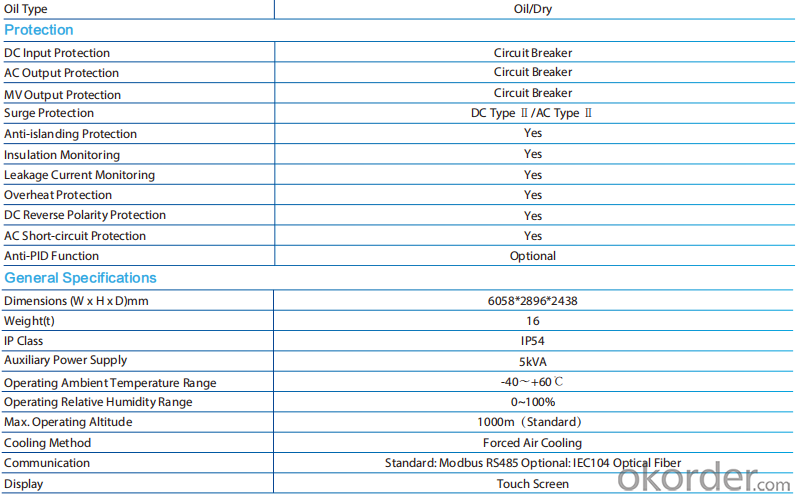
FAQ:
Q:How the output voltage of the PV inverter and the grid-connected voltage are determined
Inverter is the DC power (battery, battery) into alternating current (usually 220V, 50Hz sine wave). It consists of inverter bridge, control logic and filter circuit. Widely used in air conditioning, home theater, electric wheel, power tools, sewing machines, DVD, VCD, computer, TV, washing machine, range hood, refrigerator, video recorders, massage, fan, lighting and so on. In foreign countries
Q:Installation and maintenance of photovoltaic grid - connected inverter
only when the local power sector permission by the professional and technical personnel to complete all the electrical connection before the inverter can be connected.
Q:What is the difference between a PV grid-connected inverter and an off-grid inverter?
Off-grid inverter is equivalent to their own to establish an independent small power grid, mainly to control their own voltage, is a voltage source.
Q:After the PV inverter, how to achieve the same period before the network?
Solar panel simulator: with MPPT function, simulated morning, noon, afternoon, evening, rainy weather, solar panels produced under different conditions in different voltages.
Q:Is the PV inverter a current source or a voltage source?
According to the waveform modulation method can be divided into square wave inverter, stepped wave inverter, sine wave inverter and modular three-phase inverter.
Q:Photovoltaic grid-connected inverter without DC emc how will happen
Solar photovoltaic power generation technology is the use of solar cells, the photovoltaic effect of semiconductor materials, solar radiation can be directly converted into a new type of power generation system, solar energy is a radiant energy, solar power means --- to direct conversion of sunlight Into electricity,
Q:What is the difference between low voltage grid connection and medium voltage grid connection?
For photovoltaic power plants when the power system accidents or disturbances caused by photovoltaic power plant grid voltage drop, in a certain voltage drop range and time interval, the photovoltaic power plant can ensure that non-off-line continuous operation.
Q:Is the grid side of the grid and the inverter?
The grid load side of the grid is the grid. The inverter is an important part of the PV grid-connected system and can not be regarded as an external load. Photovoltaic power generation system is included in both grid and off-grid.
Q:PV grid-connected inverter and independent inverter in the control of what is the difference
The independent inverter in the output voltage phase amplitude of the frequency control is initially set good. Independent inverter, you should refer to off-grid inverter, do not need to consider the grid situation.
Product Images:
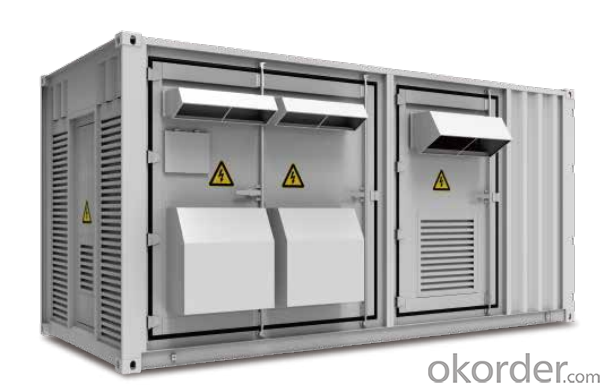
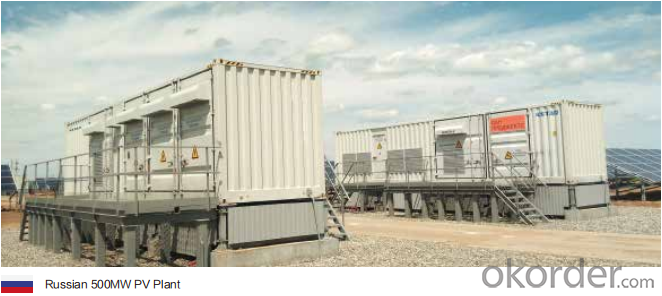
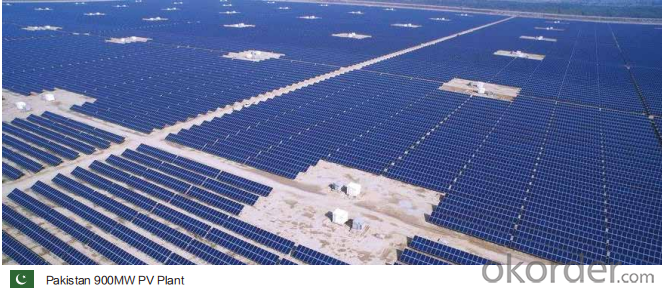


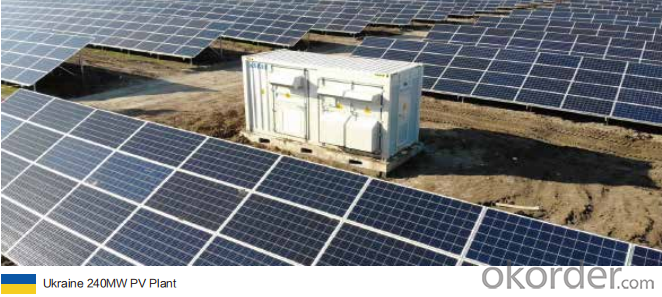
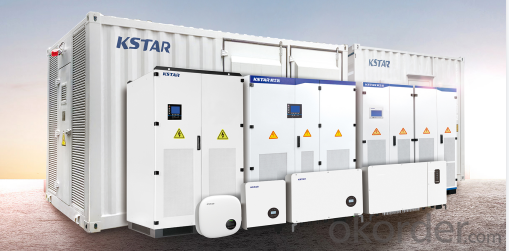
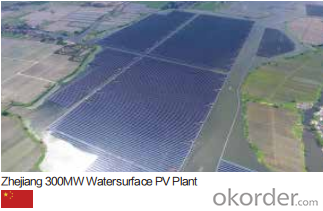
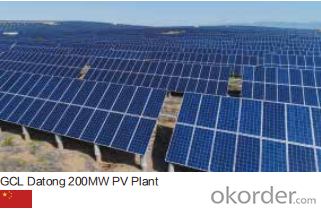
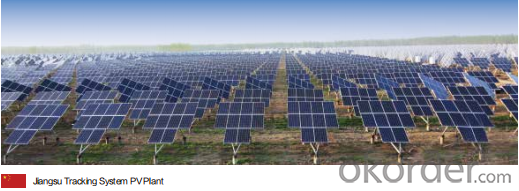
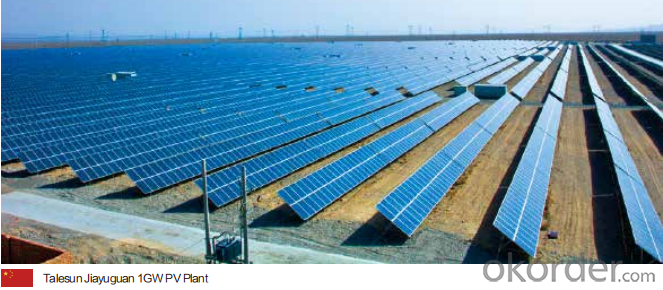
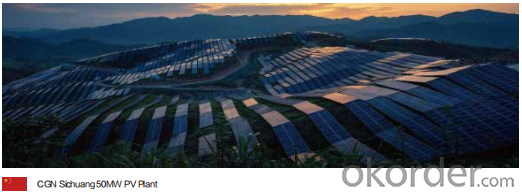


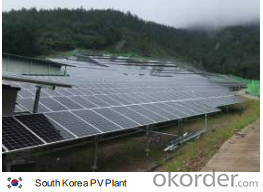
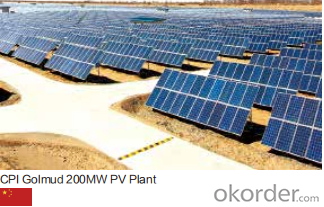

Production Process Photos:

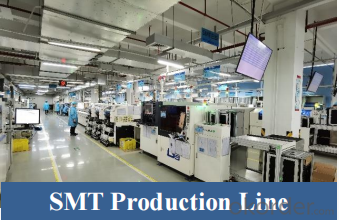
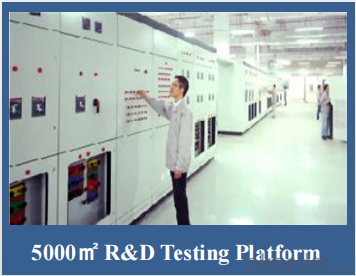
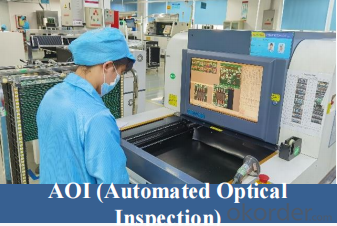
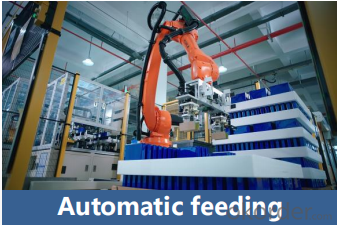
- Q: Can a solar inverter be used in grid-tied systems?
- Yes, a solar inverter can be used in grid-tied systems. In fact, a solar inverter is an essential component of a grid-tied system as it converts the direct current (DC) produced by the solar panels into alternating current (AC) that can be fed into the electrical grid. This allows for the efficient utilization of solar energy and enables homeowners or businesses to offset their electricity consumption with solar power, potentially even earning credits for excess energy produced.
- Q: Can a solar inverter be used in harsh environmental conditions?
- Yes, solar inverters are designed to withstand harsh environmental conditions such as extreme temperatures, high humidity, and exposure to dust, dirt, and corrosive elements. They are built with robust materials and undergo rigorous testing to ensure their durability and reliability in challenging environments. Additionally, some solar inverters come with IP65 or higher ratings, indicating their resistance to water and dust ingress, making them suitable for installation in outdoor and harsh conditions.
- Q: Can a solar inverter be used with different types of power factor correction devices?
- Yes, a solar inverter can be used with different types of power factor correction devices. Solar inverters are designed to convert DC power generated by solar panels into AC power for use in electrical systems. Power factor correction devices are used to improve the power factor of the electrical system, which is the ratio of real power to apparent power. By using an appropriate power factor correction device, the solar inverter can ensure efficient and optimized operation of the electrical system, regardless of the type of power factor correction device being used.
- Q: How does a solar inverter convert DC to AC?
- A solar inverter converts direct current (DC) electricity generated by solar panels into alternating current (AC) electricity that can be used to power appliances and feed into the electrical grid. It does this by using a complex electronic circuit that first converts the DC power into high-frequency AC power. This high-frequency AC power is then transformed into the desired voltage and frequency of standard AC power using pulse-width modulation techniques. The converted AC power can then be utilized for various household or commercial electrical needs.
- Q: How does a solar inverter handle voltage phase imbalance in the grid?
- A solar inverter handles voltage phase imbalance in the grid by continuously monitoring the grid voltage and adjusting its internal control algorithms accordingly. This allows the inverter to dynamically balance the output between the phases, compensating for any phase imbalances in the grid. By doing so, the solar inverter ensures that the electricity it generates and feeds into the grid is well synchronized with the grid's voltage and phase, minimizing any adverse effects of phase imbalance.
- Q: Are there any maintenance requirements for solar inverters?
- Yes, there are maintenance requirements for solar inverters. While solar inverters are generally reliable and require minimal maintenance, regular inspections and maintenance are still necessary to ensure optimal performance and longevity. Some common maintenance tasks for solar inverters include: 1. Regular cleaning: Dust, dirt, and debris can accumulate on the surface of the inverter, potentially affecting its cooling capabilities. Regular cleaning helps to prevent overheating and ensures efficient operation. 2. Visual inspection: Regularly inspecting the inverter for any signs of damage, loose connections, or corrosion is important. This can be done visually to identify any issues that may affect its performance. 3. Firmware updates: Manufacturers often release firmware updates to improve the performance and functionality of the inverter. It is recommended to regularly check for and install these updates to ensure the inverter is operating at its best. 4. Monitoring system performance: Utilizing a monitoring system allows for the continuous monitoring of the inverter's performance. Any abnormalities or issues can be identified promptly, enabling quick maintenance or repair. 5. Professional maintenance: It is advisable to have a professional solar technician inspect and maintain the inverter at least once a year. They can perform more in-depth inspections, test the inverter's electrical connections, and troubleshoot any potential issues. By following these maintenance requirements, solar inverters can continue to operate efficiently and reliably, maximizing the benefits of solar energy production.
- Q: What are the key factors affecting the cost of a solar inverter?
- The key factors affecting the cost of a solar inverter include the capacity or size of the inverter, the efficiency of the technology used, the brand and quality of the product, the level of advanced features and functionalities, and the overall demand and supply in the market. Additionally, factors such as installation and maintenance costs, warranty and after-sales support, and government incentives or subsidies can also impact the overall cost of a solar inverter.
- Q: Solar grid inverter does not merge into the grid, direct access to the load to the load power supply?
- Which depends on the grid inverter in the absence of the grid there is no independent operation of the function of the general grid inverter is the current type, only responsible for the power to the grid, the voltage is maintained by the grid,
- Q: How does a solar inverter handle voltage stability in the grid?
- A solar inverter manages voltage stability in the grid by regulating the voltage levels of the electricity generated from the solar panels. It ensures that the voltage produced by the solar panels matches the voltage required by the grid, thus maintaining a stable and consistent voltage throughout the system. Additionally, solar inverters may also have features like reactive power control and voltage regulation capabilities, which further contribute to maintaining voltage stability in the grid.
- Q: How does a solar inverter provide ground fault protection?
- A solar inverter provides ground fault protection by continuously monitoring the flow of electricity between the solar panels and the electrical grid. If it detects any abnormal or excessive current leakage to the ground, it quickly shuts off the flow of electricity to prevent electrical hazards, such as electric shocks or electrical fires.
Send your message to us
Schneider Solar Inverter - DC 1500V Turnkey Solution/Inverter GSM2500C-MV
- Loading Port:
- China main port
- Payment Terms:
- TT OR LC
- Min Order Qty:
- 50 pc
- Supply Capability:
- 15000 pc/month
OKorder Service Pledge
OKorder Financial Service
Similar products
Hot products
Hot Searches
Related keywords



